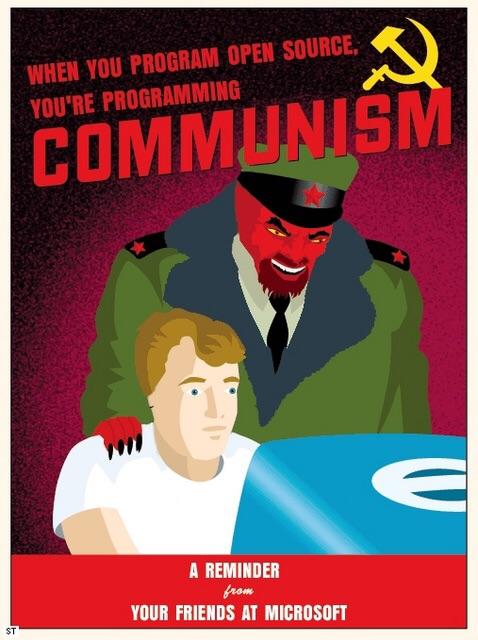

Many worlds theories are rather strange.
If you take quantum theory at face value without trying to modifying it in any way, then you unequivocally run into the conclusion that ψ is contextual, that is to say, what ψ you assign to a system depends upon your measurement context, your “perspective” so to speak.
This is where the “Wigner’s friend paradox” arises. It’s not really a “paradox” as it really just shows ψ is contextual. If Wigner and his friend place a particle in a superposition of states, his friend says he will measure it, and then Wigner steps out of the room for a moment when he is measuring it, from the friend’s perspective he would reduce ψ to an eigenstate, whereas in Wigner’s perspective ψ would instead remain in a superposition of states but one entangled with the measuring device.
This isn’t really a contradiction because in density matrix form Wigner can apply a perspective transformation and confirm that his friend would indeed perceive an eigenstate with certain probabilities for which one they would perceive given by the Born rule, but it does illustrate the contextual nature of quantum theory.
If you just stop there, you inevitably fall into relational quantum mechanics. Relational quantum mechanics just accepts the contextual nature of ψ and tries to make sense of it within the mathematics itself. Most other “interpretations” really aren’t even interpretations but sort of try to run away from the conclusion, such as significantly modifying the mathematics and even statistical predictions in order to introduce objective collapse or hidden variables in order to either get rid of a contextual ψ or get rid of ψ as something fundamental altogether.
Many Worlds is still technically along these lines because it does add new mathematics explicitly for the purpose of avoiding the conclusion of irreducible contextuality, although it is the most subtle modification and still reproduces the same statistical predictions. If we go back to the Wigner’s friend scenario, Wigner’s friend reduced ψ relative to his own context, but Wigner, who was isolated from the friend and the particle, did not reduce ψ by instead described them as entangled.
So, any time you measure something, you can imagine introducing a third-party that isn’t physically interacting with you or the system, and from that third party’s perspective you would be in an entangled superposition of states. But what about the physical status of the third party themselves? You could introduce a fourth party that would see the system and the third party in an entangled superposition of states. But what about the fourth party? You could introduce a fifth party… so on and so forth.
You have an infinite regress until, at some how (somehow), you end up with Ψ, which is a sort of “view from nowhere,” a perspective that contains every physical object, is isolated from all those physical objects, and is itself not a physical object, so it can contain everything. So from the perspective of this big Ψ, everything always remains in a superposition of states forever, and all the little ψ are only contextual because they are like perspectival slices within Ψ.
You cannot derive Ψ mathematically because there is no way to get from inherently contextual ψ to this preferred nonphysical perspective Ψ, so you cannot know its mathematical properties. There is also no way to define it, because each ψ is an element of Hilbert space and Hilbert space is a constructed space, unlike background spaces like Minkowski space. The latter are defined independently of the objects the contain, whereas the former are defined in terms of the objects they contain. That means for two different physical systems, you will have two different ψ that will be assigned to two different Hilbert spaces. The issue is that you cannot define the Hilbert space that Ψ is part of because it would require knowing everything in the universe.
Hence, Ψ cannot be derived nor defined, so it can only be vaguely postulated, and its mathematical properties also have to be postulated as you cannot derive them from anything. It is just postulated to be this privileged cosmic perspective, a sort of godlike ethereal “view from nowhere,” and then it is postulated to have the same mathematical properties as ψ but that all ψ are also postulated to be subsystems of Ψ. You can then write things down like how a partial trace on Ψ can give you information about any perspective of its subsystems, but only because it was defined to have those properties. It is true by definition.
In a RQM perspective it just takes quantum theory at face value without bothering to introduce a Ψ and just accepts that ψ is contextual. Talking about a non-contextual (absolute) ψ makes about as much sense as talking about non-contextual (absolute) velocity, and talking about a privileged perspective in QM makes about as much sense as talking about a privileged perspective in special relativity. For some reason, people are perfectly happy with accepting the contextual nature of special relativity, but they struggle real hard with the contextual nature of quantum theory, and feel the need to modify it, to the point of convincing themselves that there is a multiverse in order to escape it.




don’t mind me i have autism